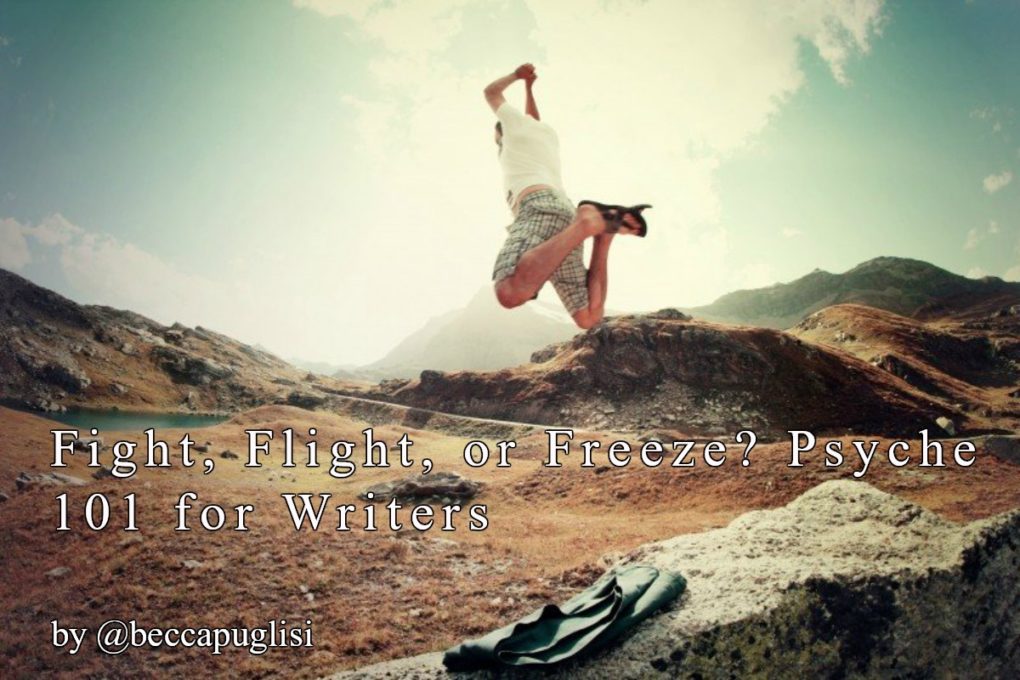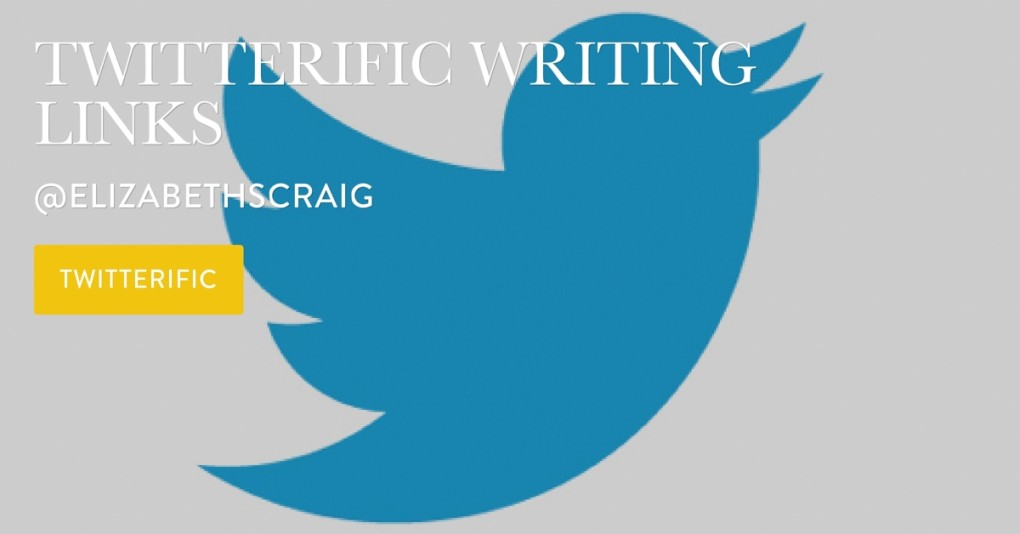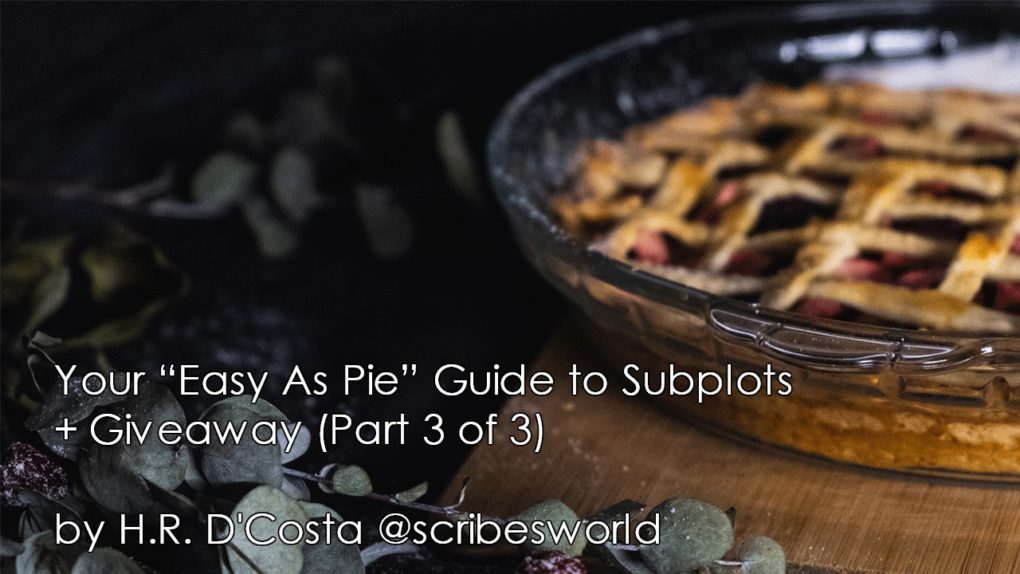by Elizabeth S. Craig, @elizabethscraig
One cool thing about blogging for over ten years is that a lot of the posts form a sort of unexpected diary. I was glancing over some older posts and came across this one from 2010. My son and daughter would have been 13 and 9 when I wrote it. I spoke of our bike ride on a nearby greenway and how we were biking so erratically (my daughter was still on a little kid bike) that a jogger kept passing us over and over again. He was going slow and steady and despite our occasional bursts of speed, kept overtaking us.
I made the observation that this was how my writing life worked. I didn’t go fast enough to get burned out but I didn’t go slow enough to get overwhelmed with the length of the project.Continue reading





